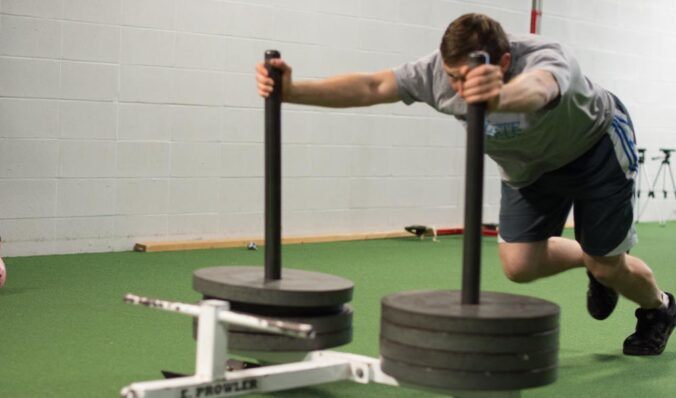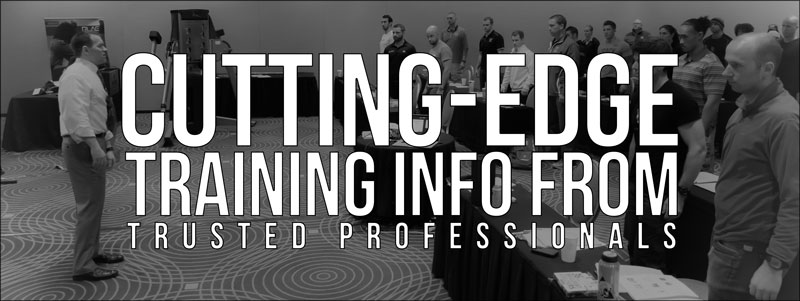I recently had a distance client of mine ask me:
What is the goal with the regenerate section?
For those who don’t know, this is in reference to my programs, which I break into seven sections based on what we are trying to accomplish. For example, any foam rolling work you do is always first (though I won’t prescribe it for everyone). After that, we do exercises to “reset” your nervous system. After that, you do a more dynamic warm up to prepare your body for training… you get the idea.
This post is not meant to be thorough and exhaustive, but instead to give you some ideas to help spark your own thinking.
The goal of the “Regenerate” section is essentially conditioning. I’m trying to
- Teach your body how to produce energy
- (Generally) teach your aerobic system to produce energy more so than the ATP-CP and glycolytic anaerobic systems.
- Train the shifting of your autonomic nervous system back and forth between sympathetic and parasympathetic activity.
I want you to be able to produce energy efficiently because then the world and any exercise you do is not as big a burden on your body. I specifically focus on developing the aerobic system in various ways because it’s more complex, and, therefore, has more room for improvement. That is, there are more pathways to increase engine efficiency. It will also not beat you down as much. Plus, it will produce wayyyyyy more energy over the long-term than the other two energy systems. These two points increase your capacity to do work.
The third reason is a little more complex. Let’s say, for example, I’ve given you repeat sprint intervals. You do 10 seconds of high intensity work, followed immediately by 50 seconds of resting.
During that work period, you are cranking up your sympathetic nervous system to get yourself to mobilize energy and go hard. After that, we need to get things back to normal, and this is where the parasympathetic system comes into play. Turn down the heart rate, re-equilibrate energy substrate collection pools, and prime yourself for the next bout of intensity.
As this activity goes on, your aerobic system becomes a bigger and bigger player. Hence why we’re trying to develop it (like we mentioned earlier).
This repeat sprint method can train the brain to rest hard. Ultimately, if your sympathetic response is active for longer than it has to be, you’re going to gas out more quickly. We’re–again–increasing your capacity to do work, which is why another term we may use for this “regenerate” section of your program is “resiliency”.
Having a bigger engine means more things are possible.
Don’t think that you’ll always see this “regenerate” or “resiliency” section after your strength work. Sometimes, your strength isn’t nearly as important as your energy output. If you’re doing something at a lower intensity or just to increase your lactic capacity, then I’m definitely going to put that after you’ve already exhausted your body with general strength exercises. If, however, you’re doing repeat sprints because it is your job to repeat a sprint (e.g. soccer play, hockey player), then I want you to be fresh for those sprints because you need to move as fast as possible.
It’s not always cut and dry.


Add some color to this commentary.